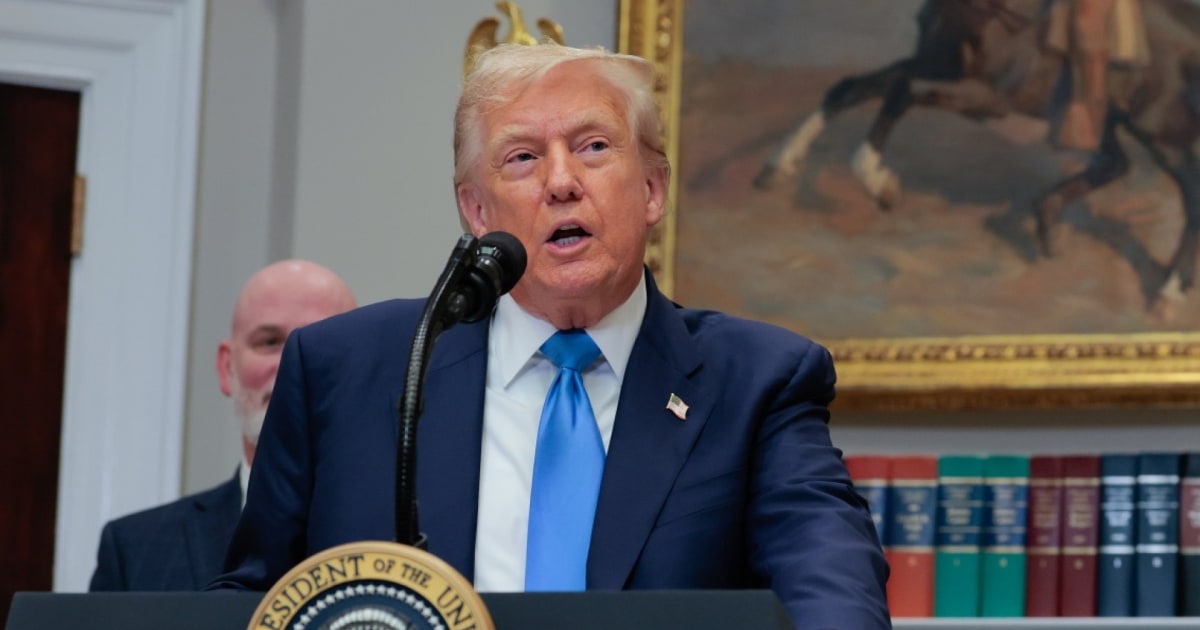President Donald Trump has once again intensified his public critique of Federal Reserve Chair Jerome Powell, casting a shadow over the nation’s economic stewardship and the independence of its central bank. The latest comments underscore a persistent tension between the executive branch and the institution tasked with guiding the country’s monetary policy, particularly concerning the pivotal issue of interest rates.
During a recent press availability, President Trump did not mince words, asserting that Powell has been “too late” in his actions and has performed a “bad job.” This blunt assessment came in the wake of the Federal Reserve’s decision to maintain interest rates at their current levels, a move that evidently failed to align with the President’s economic vision and stated preferences for looser monetary conditions.
The core of Trump’s contention revolves around the belief that higher interest rates, as set by the Federal Reserve, could impede economic growth and make U.S. exports less competitive on the global stage. He has consistently advocated for lower rates, suggesting they are essential to further boost the US economy, arguing that the nation could achieve even greater prosperity without what he perceives as a restrictive monetary stance.
This ongoing friction highlights a fundamental divergence in economic philosophy. While the Federal Reserve aims to achieve maximum employment and price stability through independent monetary policy decisions, presidential administrations often view these decisions through the lens of immediate political and economic gains. The current debate encapsulates the delicate balance between these two powerful entities.
The repeated public castigation of the Fed Chair by a sitting president is an unusual occurrence, raising questions about the institutional integrity and autonomy of the central bank. Historically, presidents have largely respected the Federal Reserve’s independence to ensure its decisions are based purely on economic data and not influenced by political pressures, a principle seen as vital for market confidence.
Furthermore, these criticisms contribute to a broader narrative surrounding the US economy’s trajectory and the challenges it faces. From global trade tensions to domestic inflationary pressures, the role of interest rates and the overall monetary policy are central to navigating these complex economic waters, making the Fed’s decisions highly scrutinized by all stakeholders.
As the dialogue between the White House and the Federal Reserve continues, the financial markets and economic analysts closely monitor the situation for any signs of direct intervention or a shift in policy direction. The implications of this high-profile disagreement extend beyond mere rhetoric, potentially impacting investor sentiment and the future trajectory of the US economy.
The dynamic between President Trump and Chair Powell remains a key factor in the economic outlook, symbolizing the ongoing tension between political aspirations and independent monetary governance. The decisions made regarding interest rates and the broader economic policy will undoubtedly shape the nation’s financial landscape in the months to come, emphasizing the critical nature of this debate.






Leave a Reply